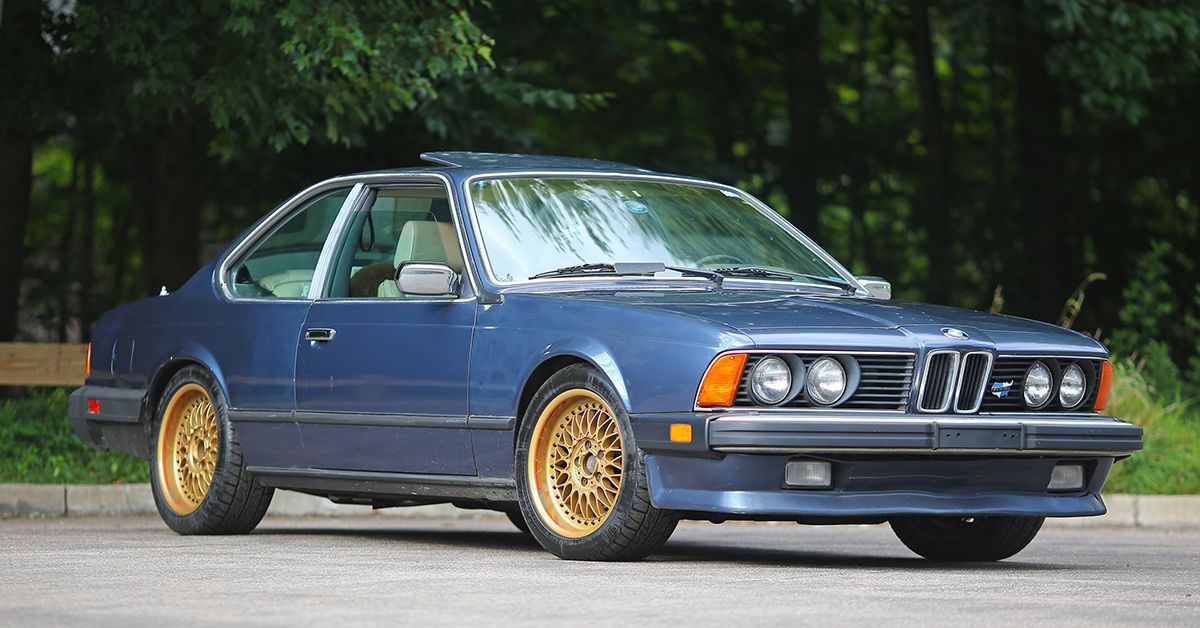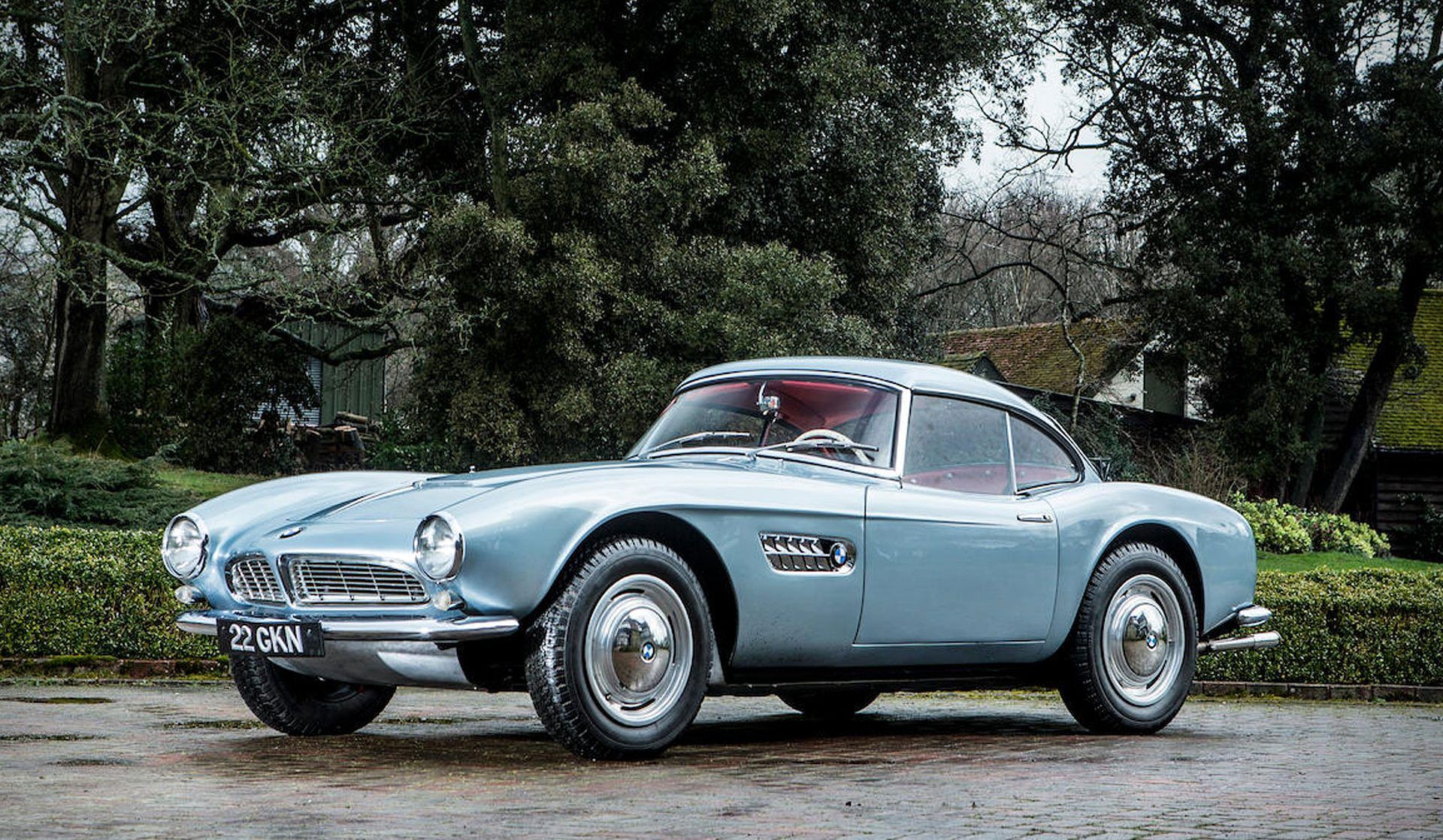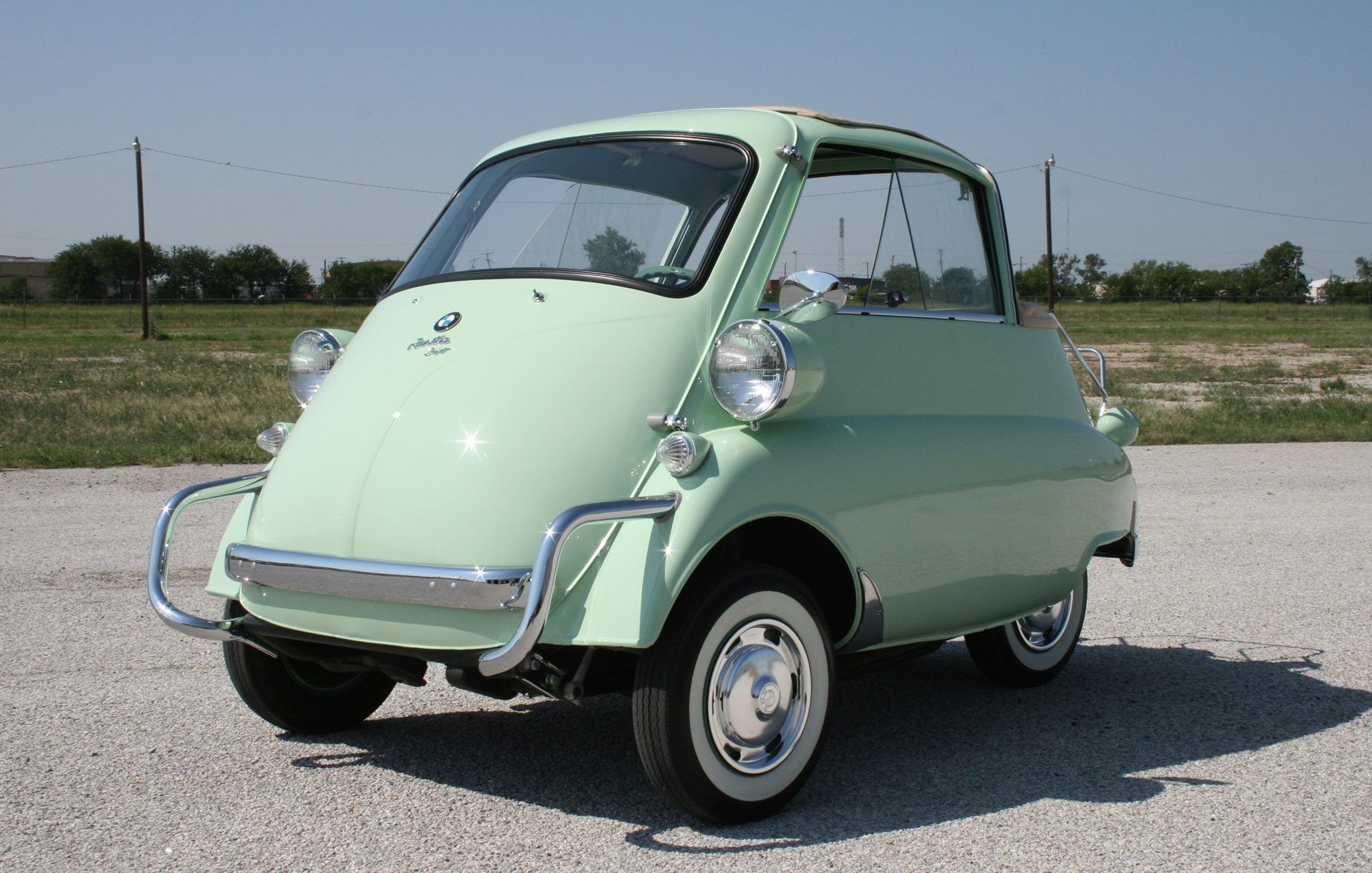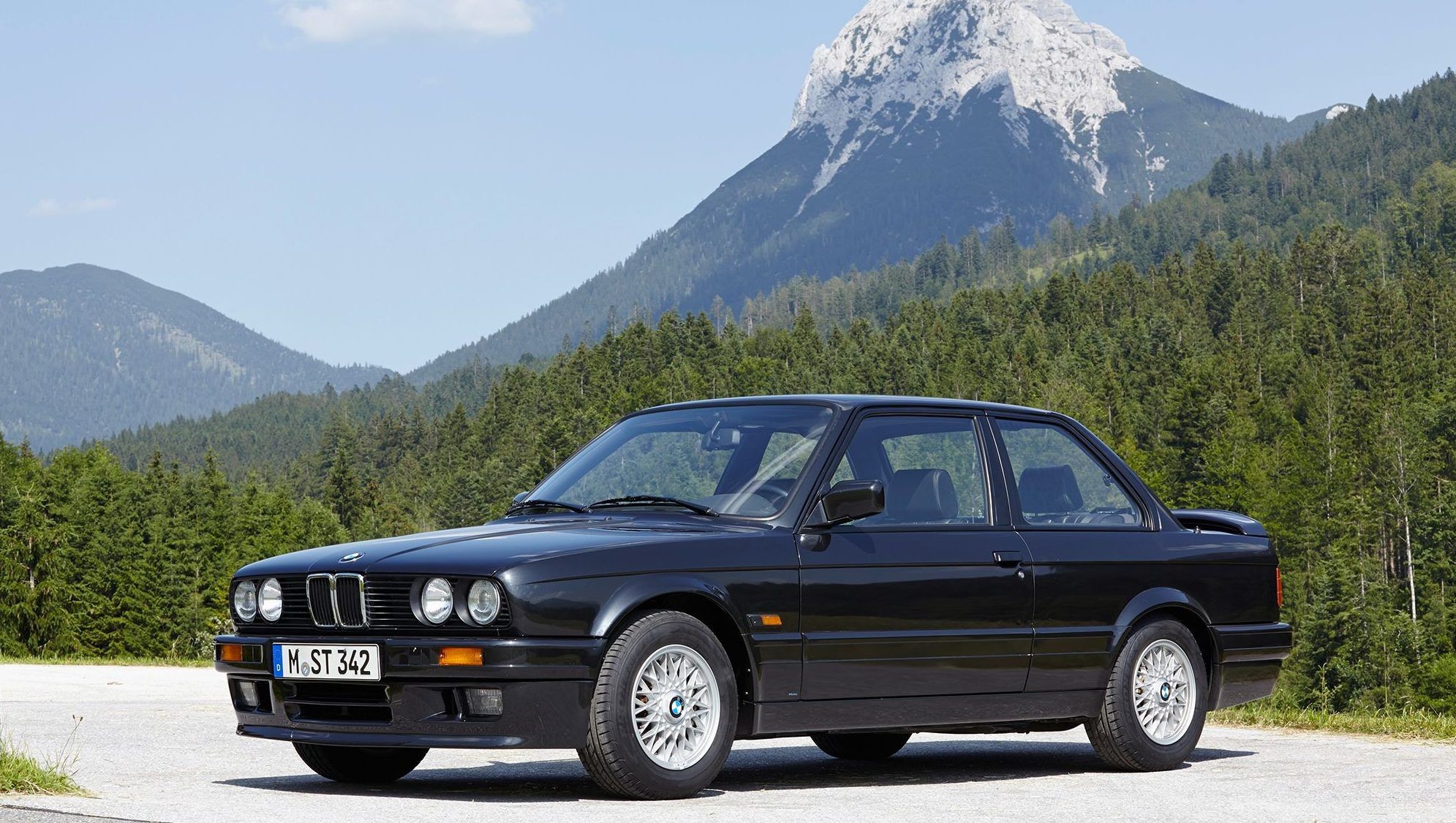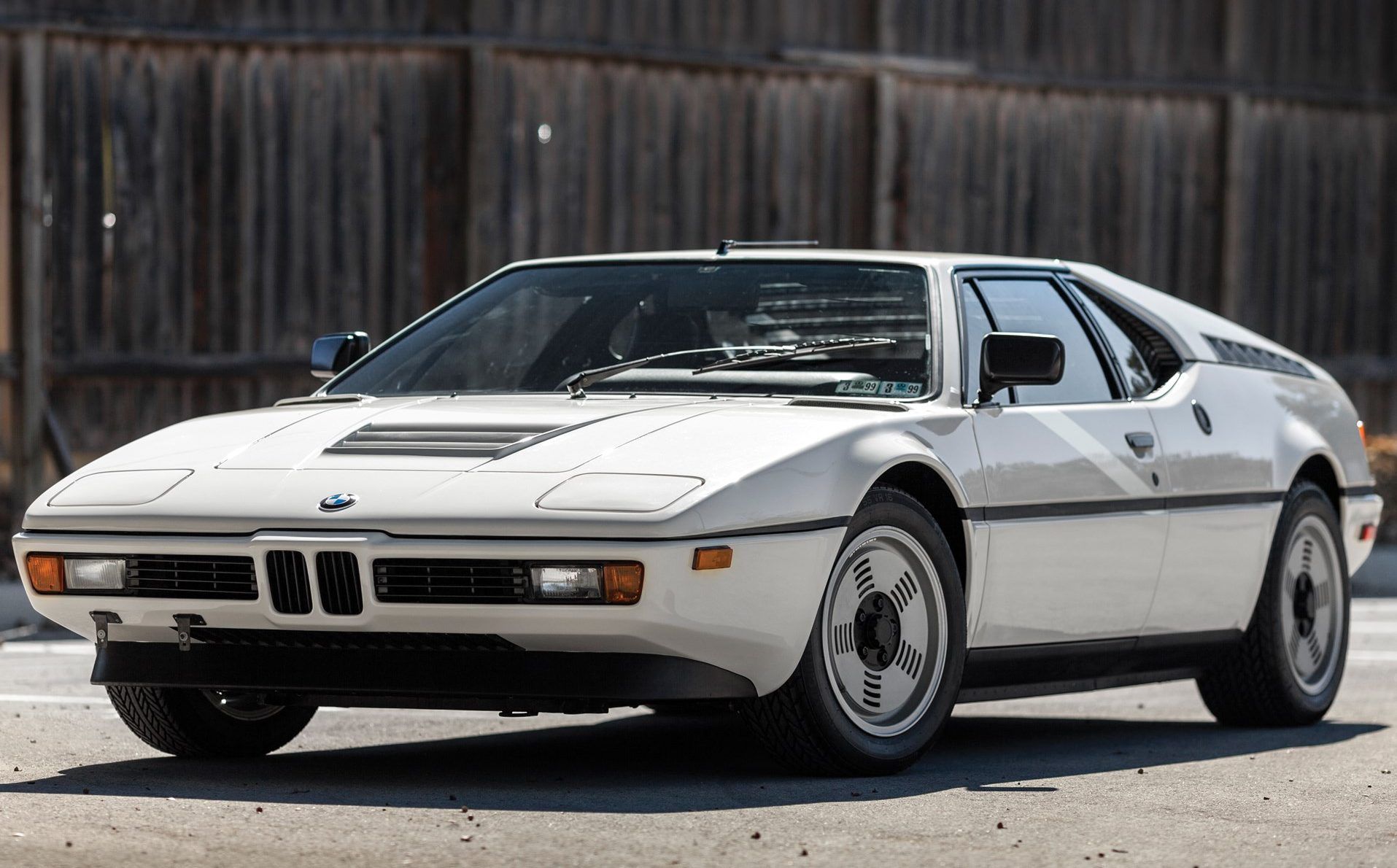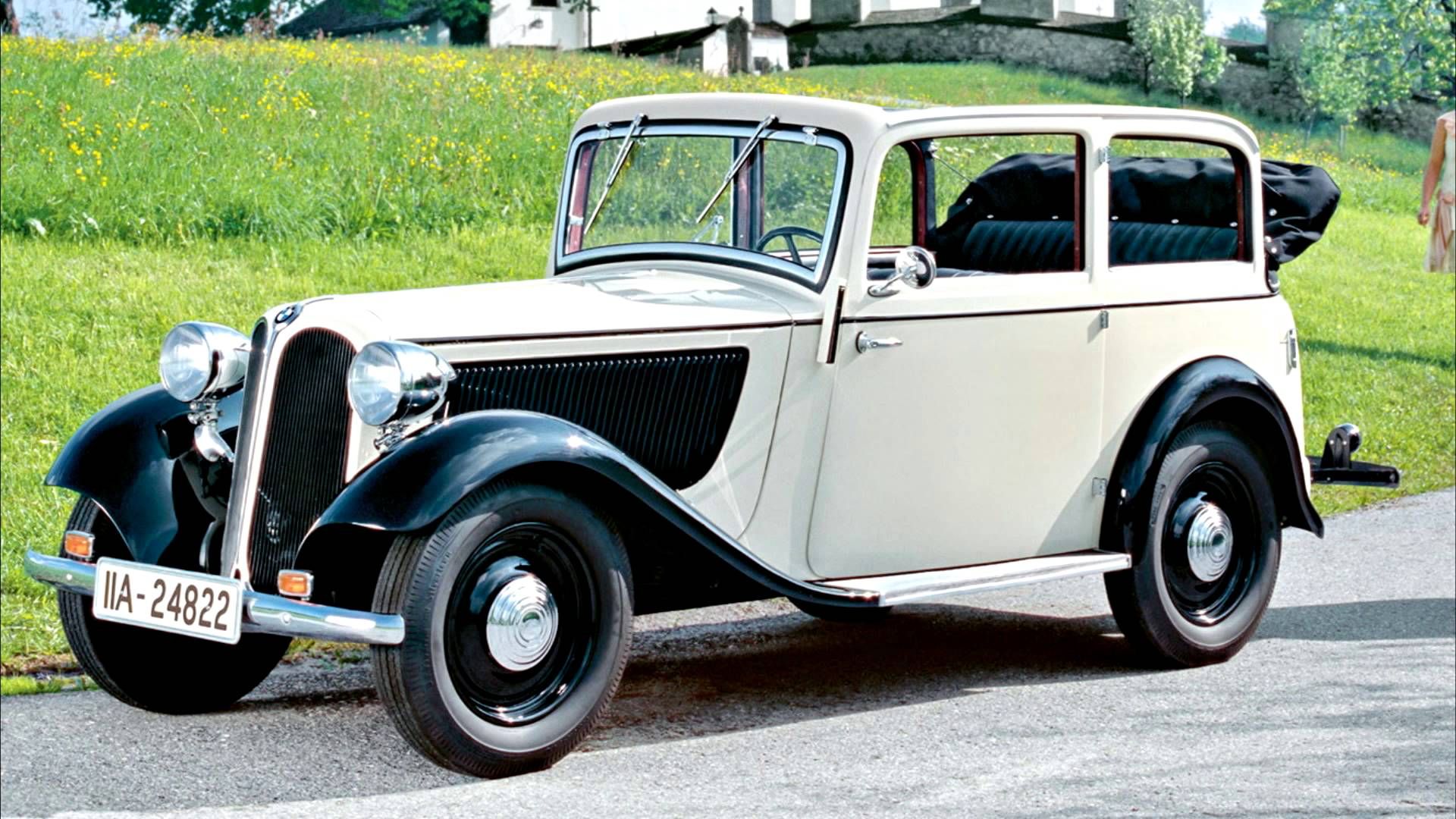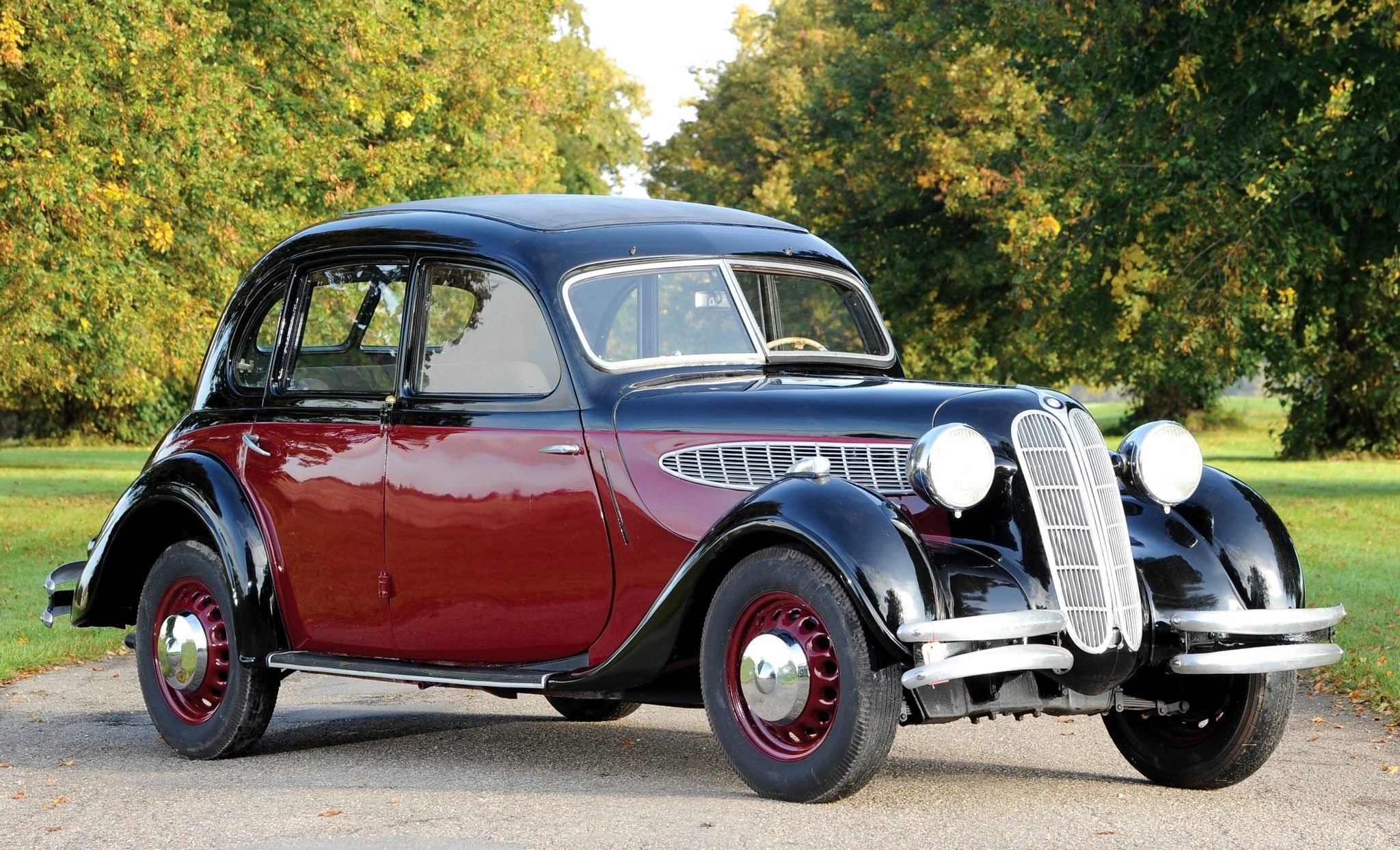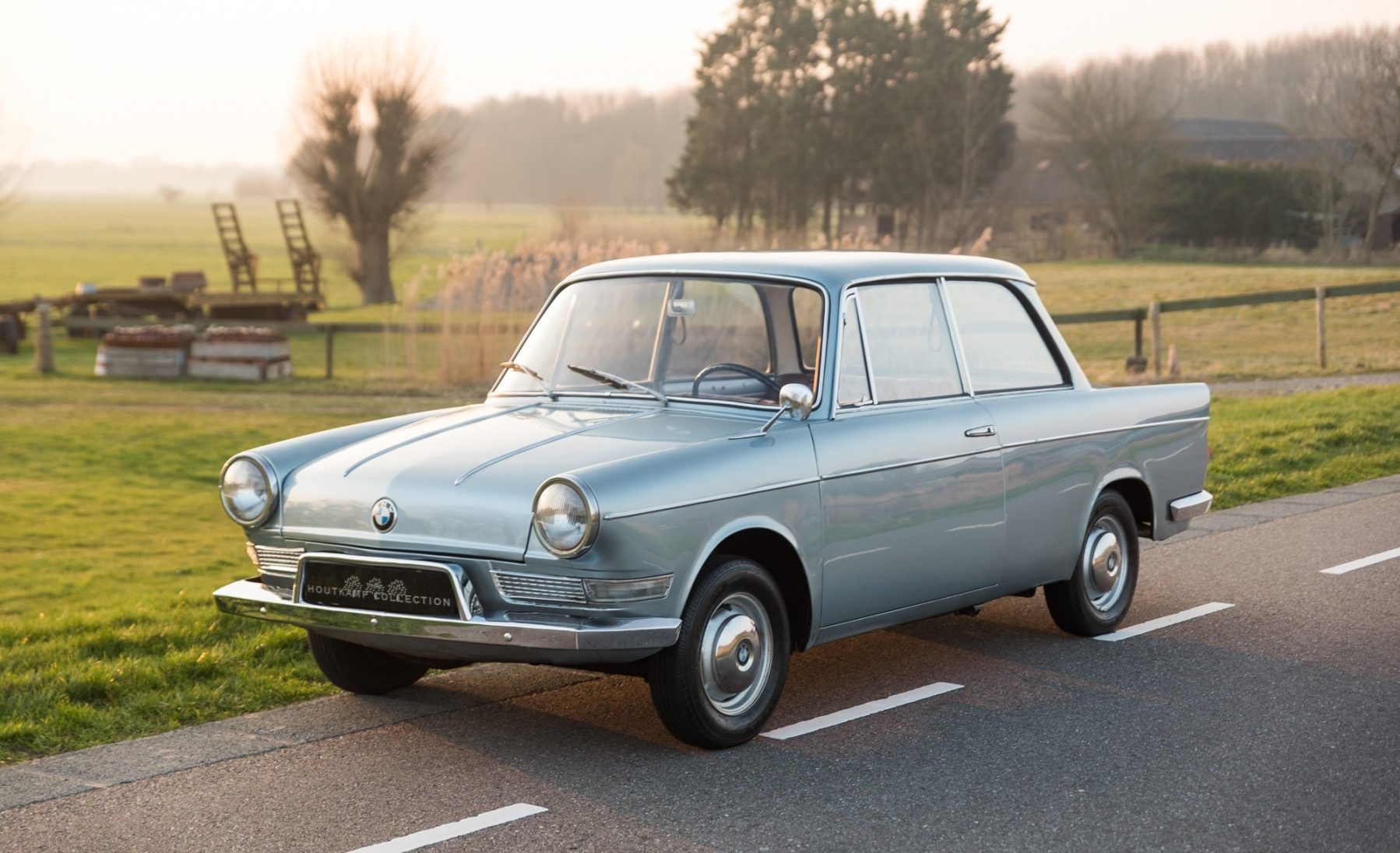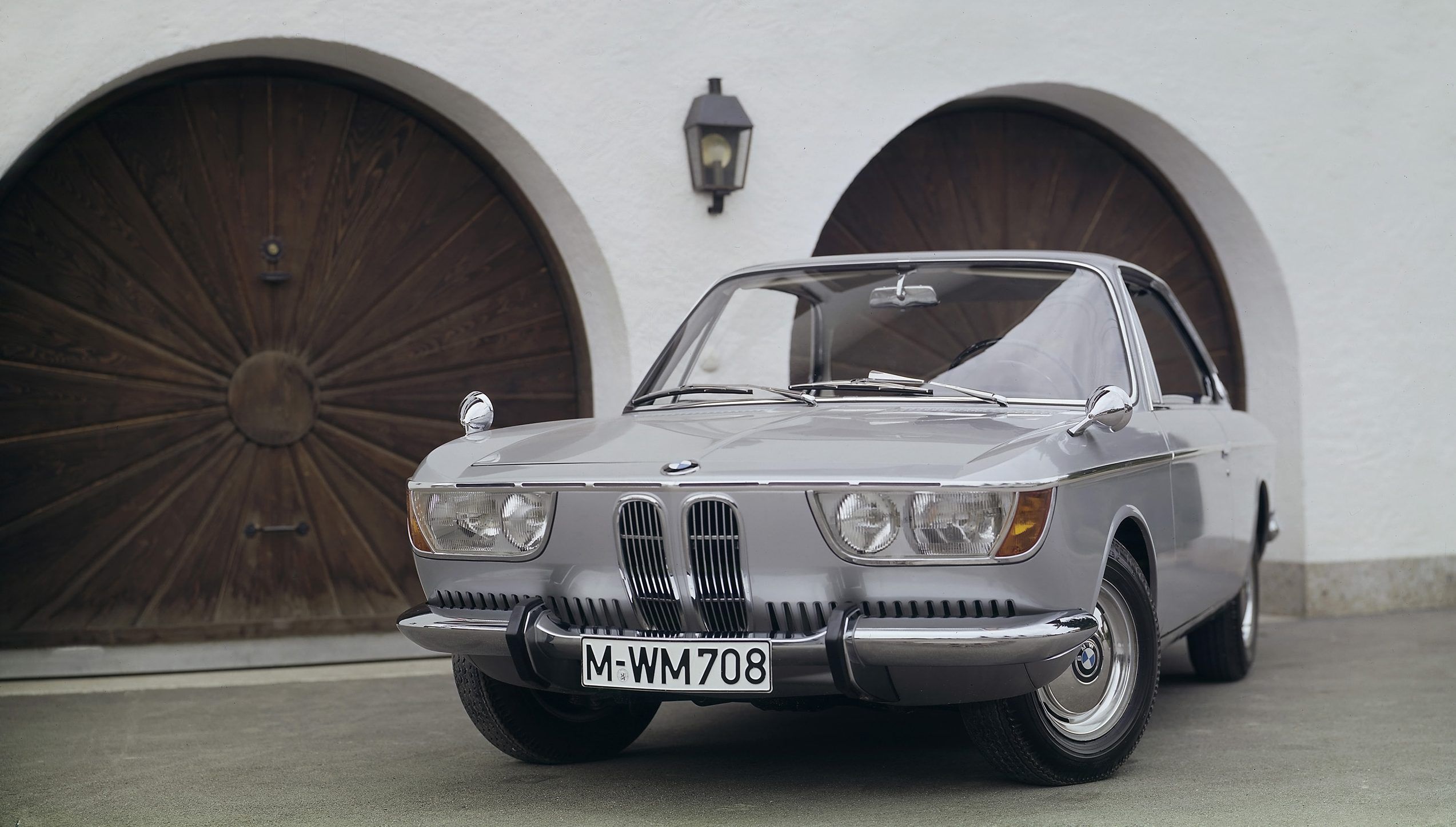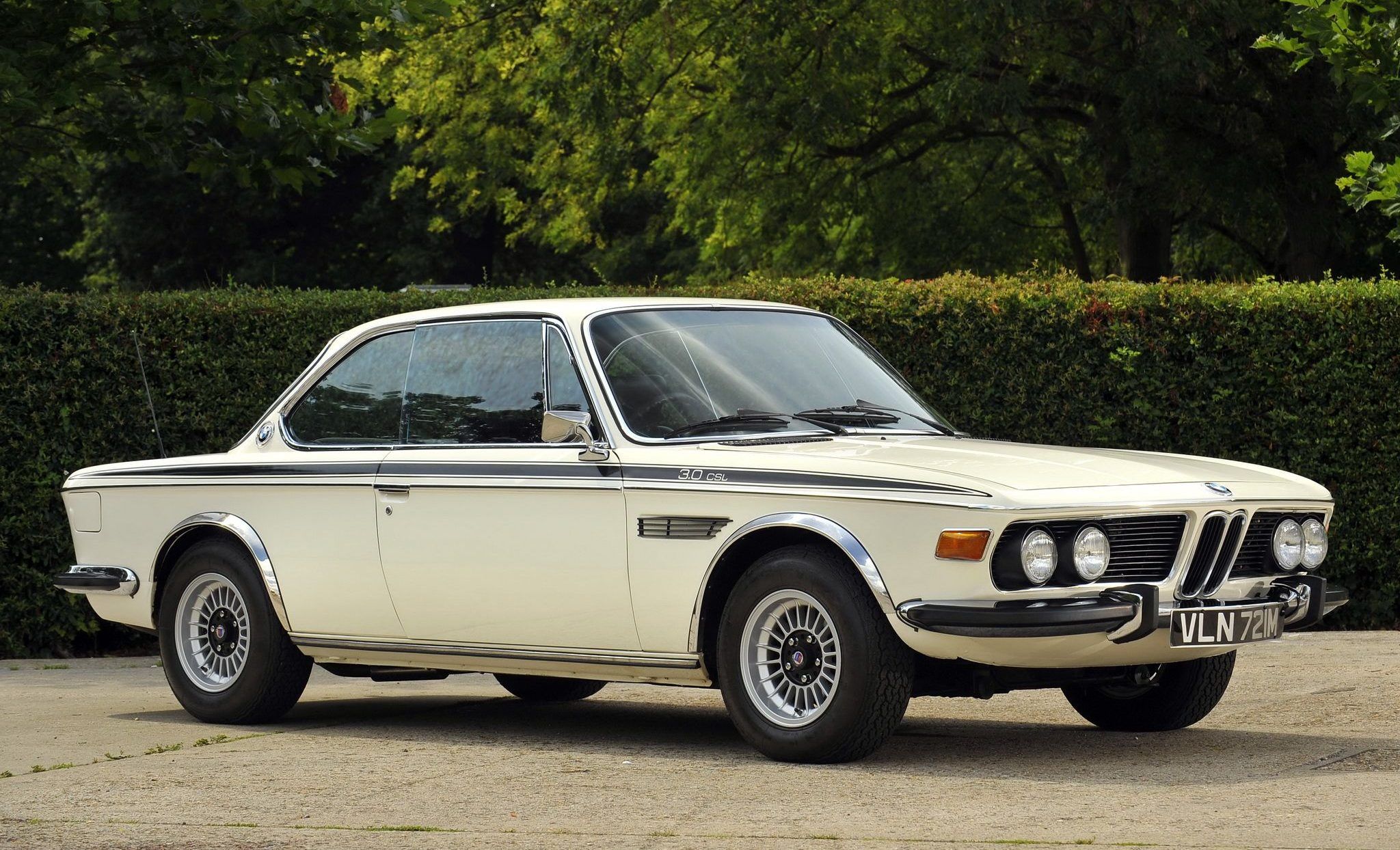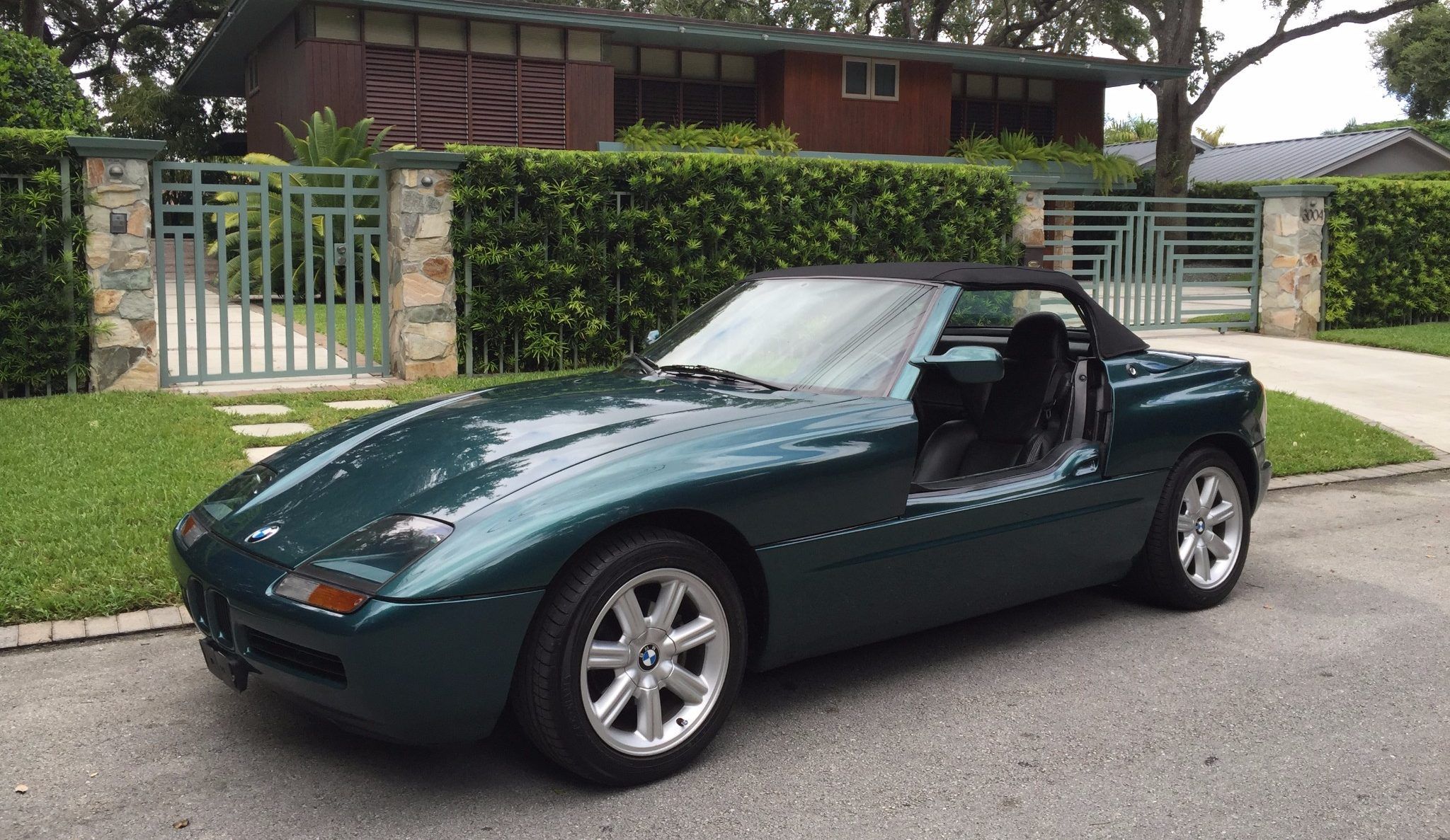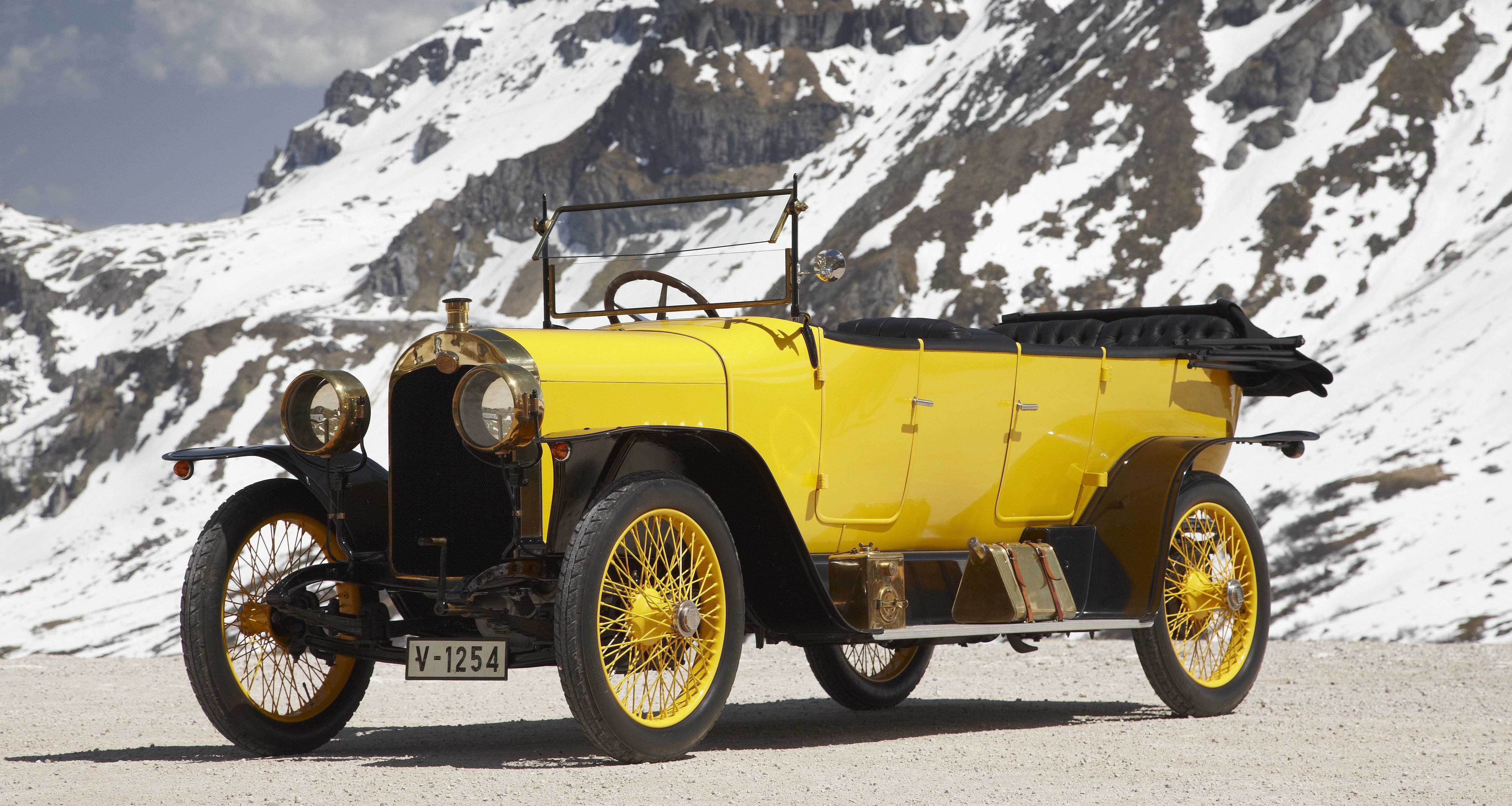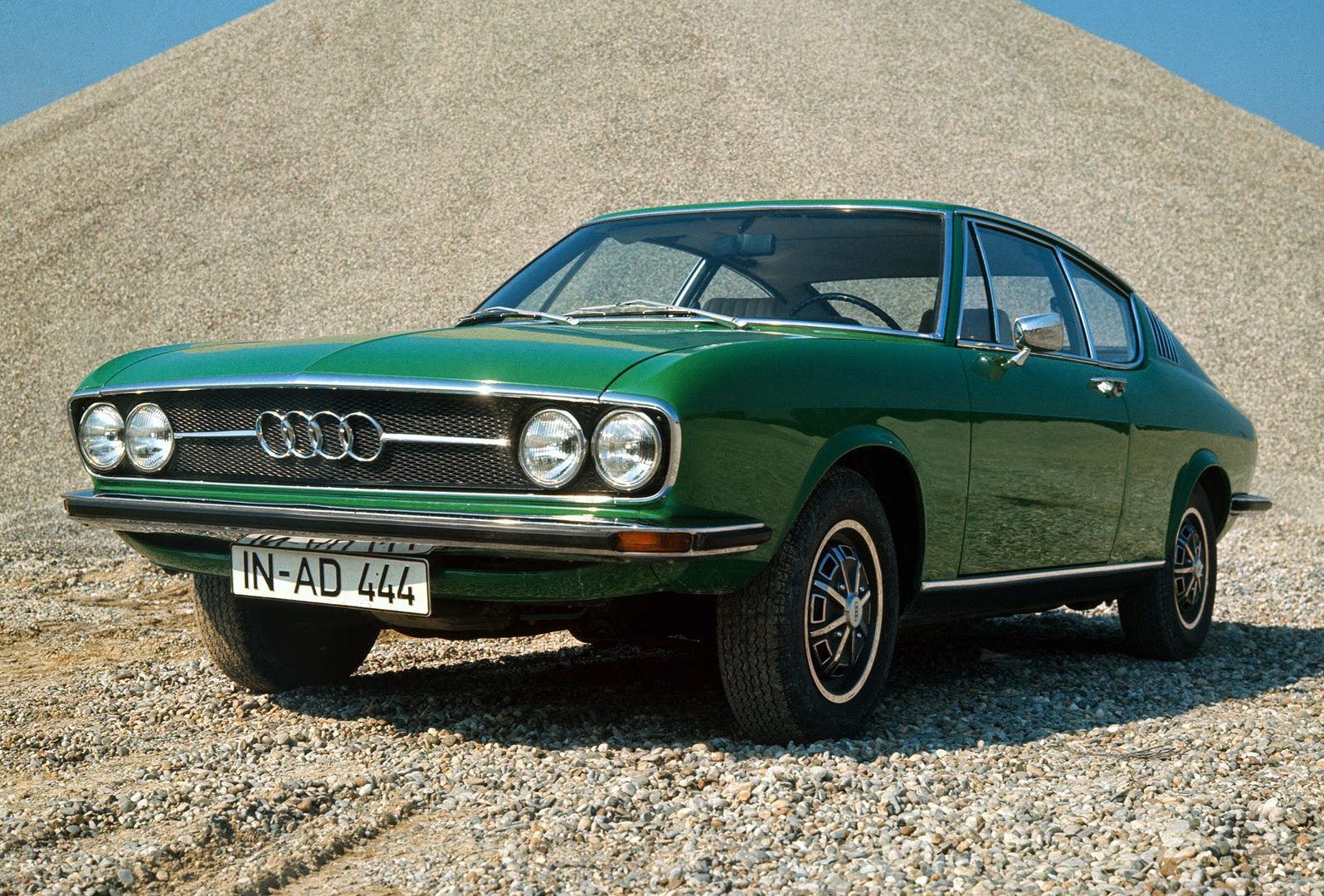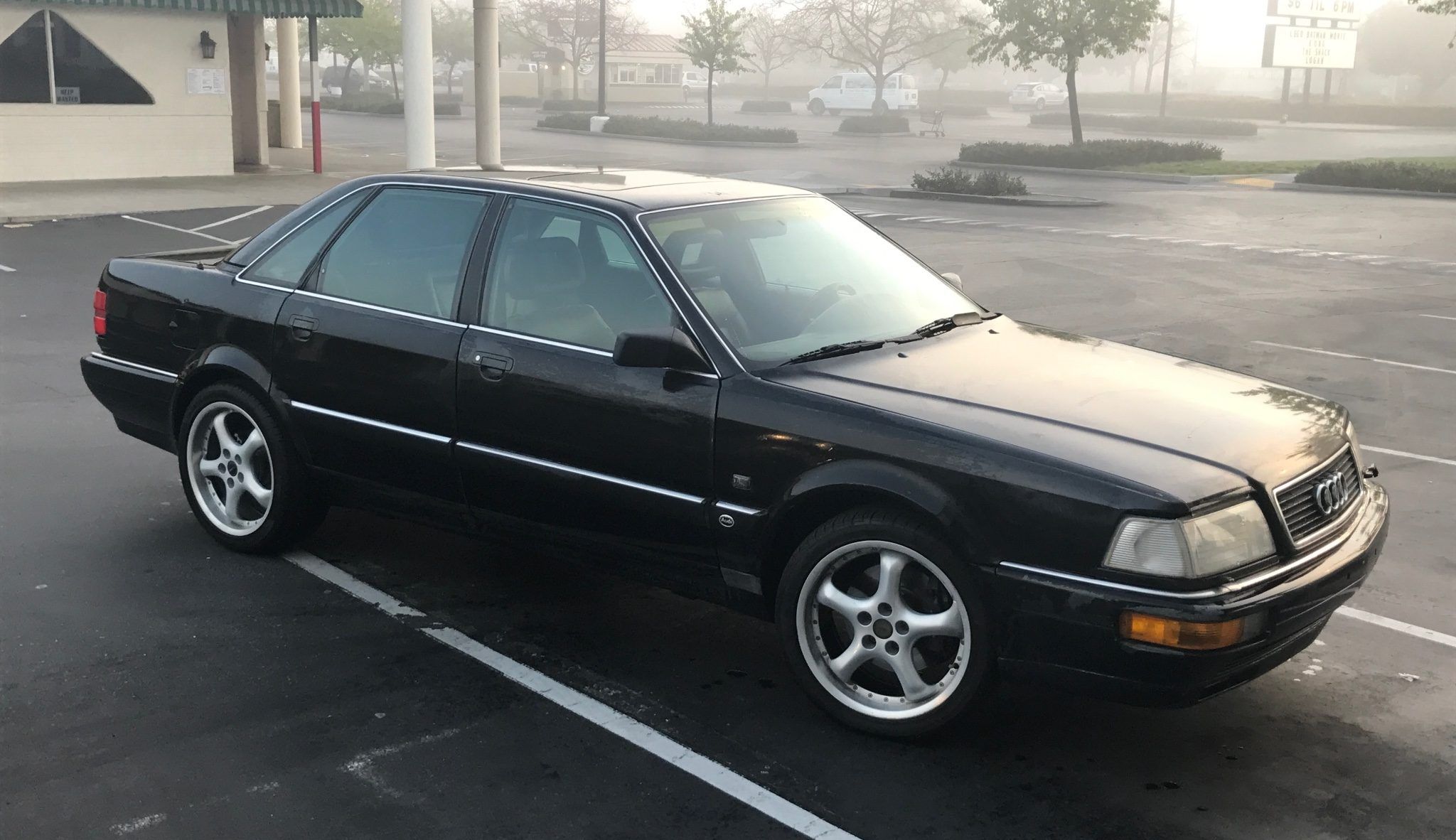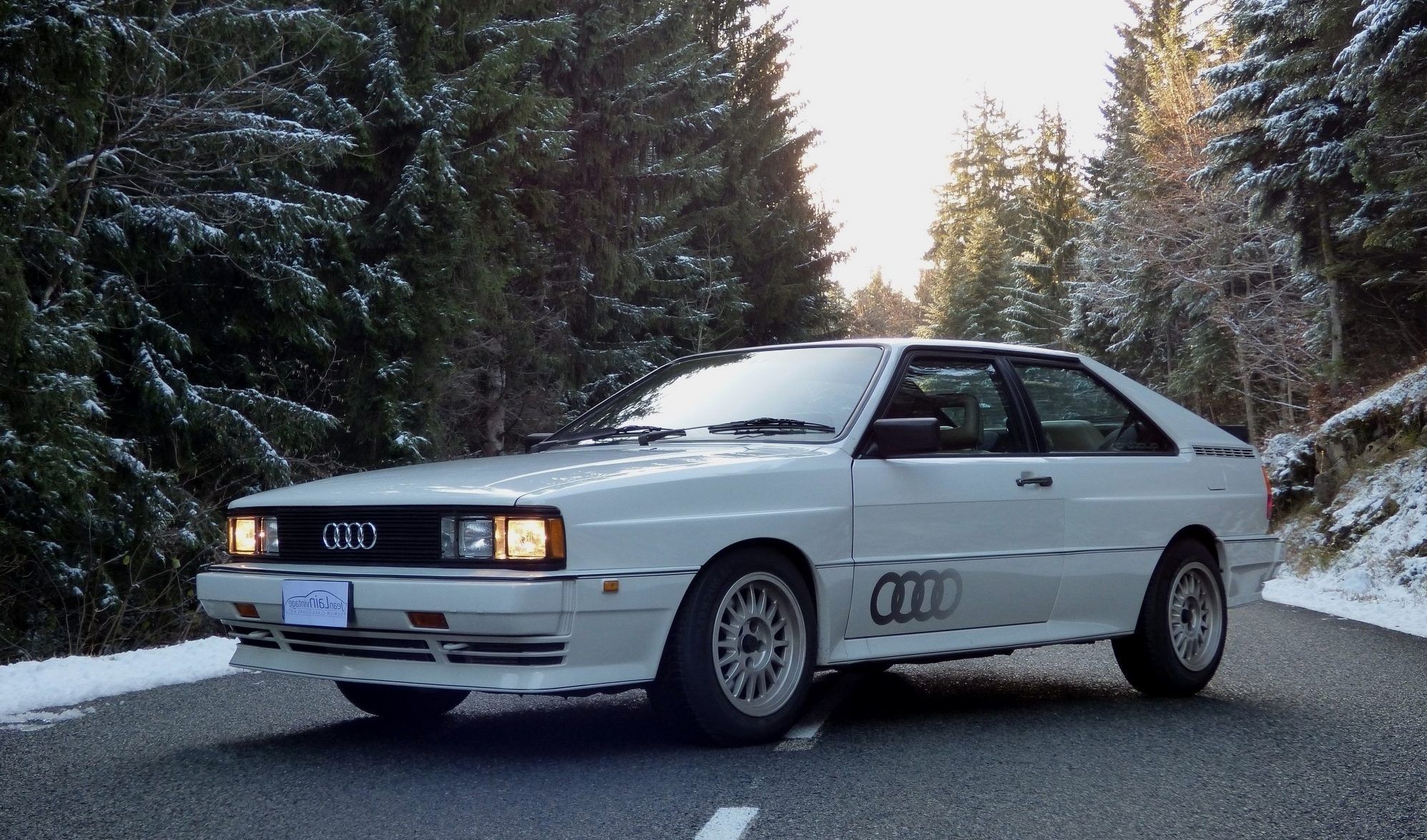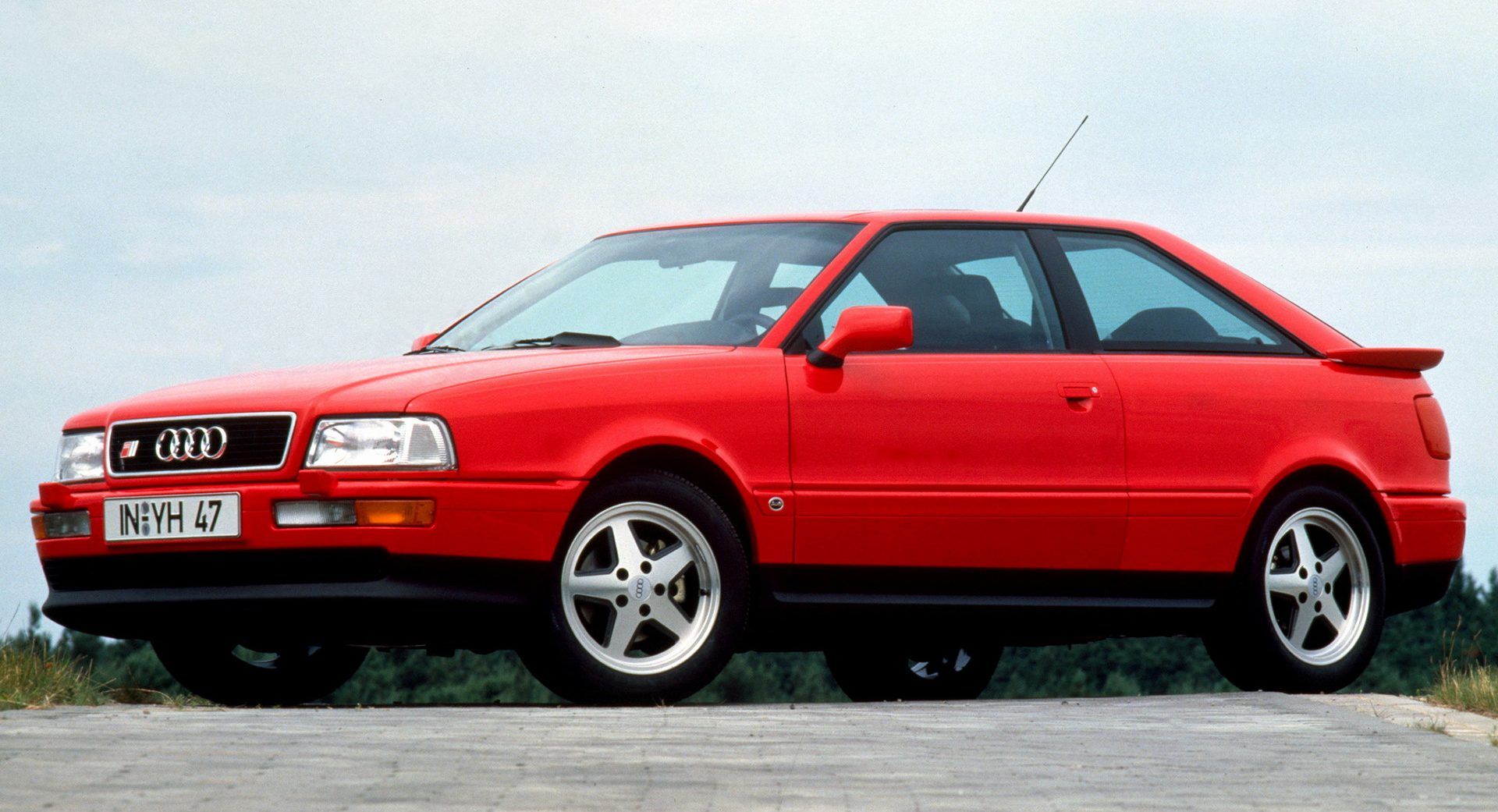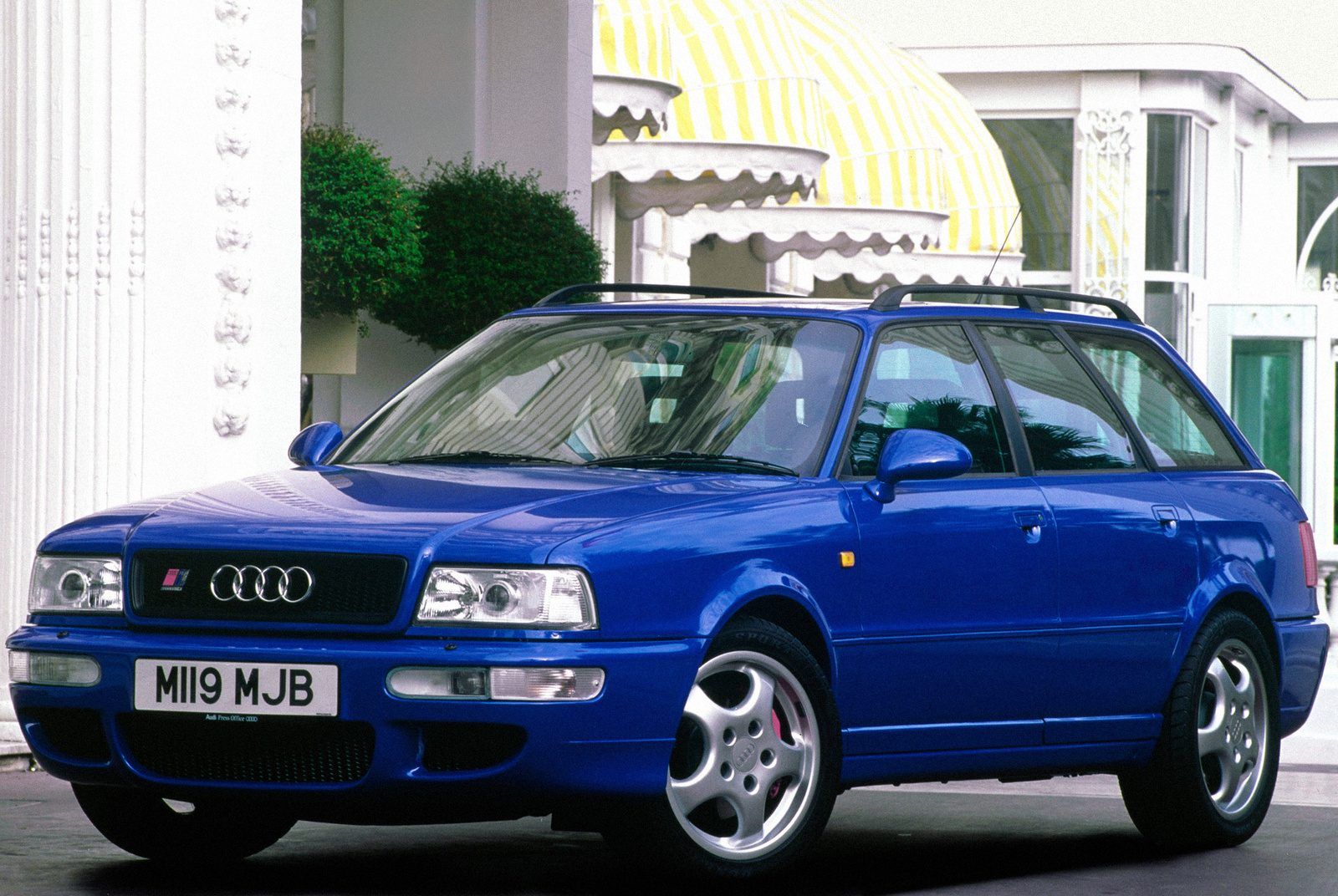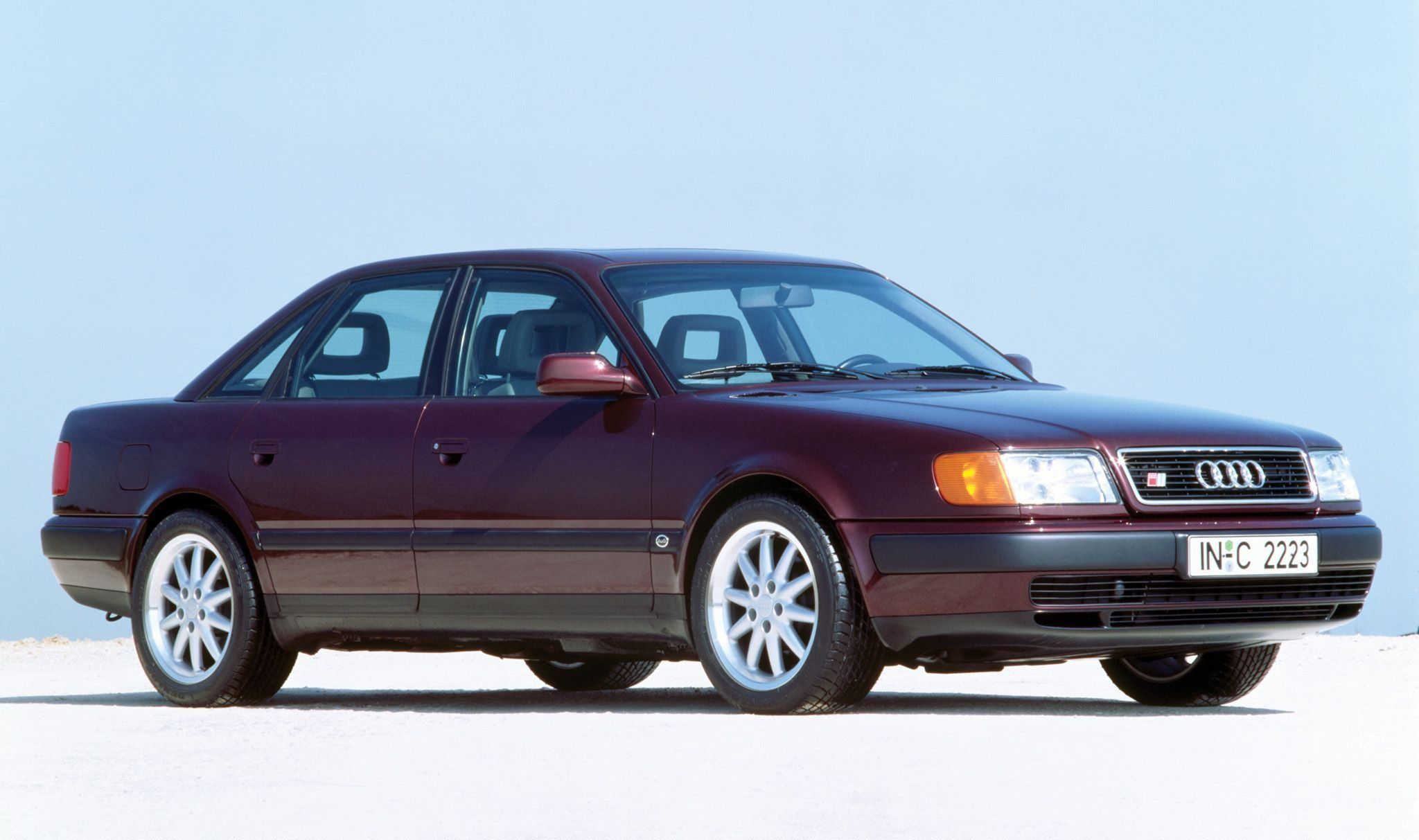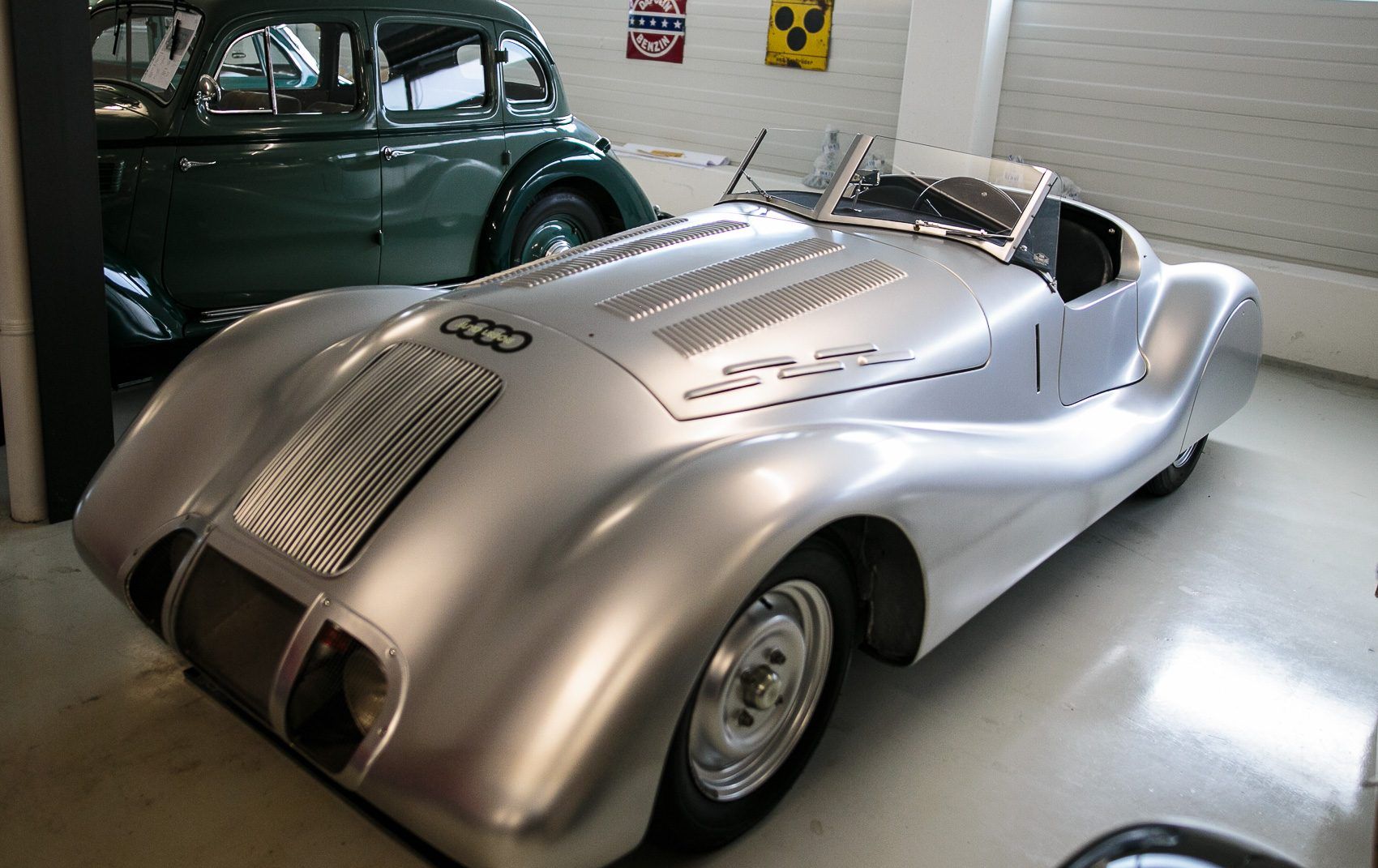Audi and BMW are two of Germany's most impressive automotive manufacturers, consistently producing cars that combine a level of style, performance, and luxury that other brands can only hope to emulate. Buyers in the market for high-end sports coupes, enormously powerful sedans, SUVs, and even hybrids and electric cars can count on finding a good selection on the dealer floors of both.
Both brands have a long history of success in the racing world, as well, with Audi legendary for their rally-bred Quattro all-wheel drive, and BMW making waves on the tarmac with Le Mans prototypes as well as upgraded versions of the M-badged cars. And for many fans of both Audi and BMW, the M- and S- lineup are what solidify the manufacturers' reputations as producers of cars that bring a big smile to their drivers' faces.
But the automotive industry is a complex world of corporate competition, and both brands have had their ups and downs over the century since automobiles became ubiquitous all around the world. Whether they lost their touch over the years, whether the pressures of balancing economic efficiency with outright sportiness, or even if the rest of the industry just hired the best designers and engineers out from under them, every company sees periods of struggle and success.
Over the years, drivers have become used to see the most common BMW and Audi models on the roads, but both brands have cars on the streets that some people may not even recognize at all, much less believe to be German products. Keep scrolling for 10 BMWs that no one remembers, and 10 Audis that everyone always forgets.
20 BMW 507
Many car aficionados might mistake the svelte 507 for a classic Italian sports coupe, especially if they saw one equipped with the rare hard-top and with its BMW badging covered up.
In fact, the 507 is a rare roadster, with only 252 examples leaving the factory between 1956 and 1959 before BMW realized they were losing massive amounts of money due to its impeccable build quality.
But for its time, the 507 attempted to approach the iconic style of Mercedes-Benz's iconic 300SL "Gullwing" - and even Elvis ended up owning two of the beauties. With an aluminum-alloy V8 under the hood motivating the 2,930 pound car with 150 horsepower, performance was fairly impressive, as well.
19 BMW Isetta
The Isetta is almost the definition of a microcar, and certainly the most iconic of the various tiny vehicles that were ever built outside of Japan. The external design was actually borrowed from an Italian manufacturer, Iso SpA, into which BMW mounted a single-cylinder motorcycle engine producing a whopping 13 horsepower. With four tiny wheels, a relatively vertical aero profile, and such little grunt, the Isetta nonetheless could reach speeds of up to 53 miles per hour. Today, drivers are highly unlikely to see an Isetta on the roads given the obvious danger they would pose in traffic surrounded by massive SUVs and trucks, but BMW can still claim that they made the world's best-selling single-cylinder car of all time.
18 BMW 325ix
After Audi and Lancia took the rallying world by storm with their dominant all-wheel drive sports cars, which introduced the general public to the fun and confident driving that sporty, torquey all-wheel drive turbos could allow, BMW had to get into the mix.
And so, they threw an all-wheel-drive setup into their E30-generation 3 Series, dubbing it the 325ix.
With a classic BMW straight-six under the hood sending power to all four wheels through a viscous-coupling center differential, the 325ix was reliable in the snow and its lack of a turbo improved mechanical reliability as well. Subtle fender flares hint at the powertrain underneath the skin, which included a limited-slip rear differential for sportier dynamics, and it even came in a four-door variant.
17 BMW M1
Today, most drivers know that BMW's M cars represent the brand's peak-performance roadgoing cars, but most of the vehicles bearing M badging were designed for the road originally. But the car that spawned the rest, the M1, was designed from the ground up to be a competitive racer, and only reached the public's clawing hands to satisfy homologation requirements. The result is BMW's only mid-engined sports car (though the i8 hybrid also features a similar layout but adds a hybrid drivetrain), a limited-edition coupe with classic angular style, borderline supercar performance for its time (which is even reasonable today) and collectability points that are simply off the charts.
16 BMW 3/15
BMW has pushed the limits of technology for so long that plenty of drivers may not realize just how old the brand actually is.
Originally founded in 1916 as a manufacturer of airplane engines, BMW in 1923 began producing parts and then eventually cars and motorcycles.
Their first official production vehicle was the 3/15, which received BMW badging in 1927 after the takeover of the Dixi marque, before being licensed by Austin from 1929 to 1932. Over a few generations, output bumped up to an impressive 18 horsepower, allowing the nearly 900-pound car to reach a top speed around 45 miles per hour.
15 BMW 326
For 1936, BMW introduced a series of new technologies to their 326 sedan. The brand's first four-door featured hydraulic brakes, a torsion-bar rear suspension, and a box-section frame, all firsts. Though the car's price was a step up from previous offerings, its exterior styling paired with a 50-horsepower engine, a four-speed transmission, and a 71 mile per hour top speed to make the 326 a very successful model from a sales standpoint. Though the outbreak of World War II halted production for four years, the 326 and cars based on its design were later built by the Soviets and even by English manufacturer Bristol.
14 BMW 700
In the late 1950s, BMW was in dire financial straights that only another revolutionary new car could pull them out of. The 700 was exactly that car, the first BMW to utilize a rear-engine layout and a monocoque structure.
Its small, nimble body utilized a rear sway bar to offer impressive handling paired with a relatively roomy interior thanks to the engine's position.
Its engine was essentially a single-carb flat-twin motorcycle powerplant producing only up to 40 horsepower, but the 700 nonetheless proved successful enough to garner plenty of pre-orders and pull the company back into true mainstream consumption and financial viability with over 188,000 models sold.
13 BMW New Class
BMW's foothold in the executive car class was solidified with the release of the New Class models in 1962. Over a series of iterations, including both four-door sedan and coupe forms, the New Class helped BMW regain its market traction after the difficult financial times of the 1950s. The New Class's smooth lines paired with a silky new overhead cam engine to attract buyers at a price point that BMW hoped would differentiate the brand's customers from more boring, economical manufacturers - a trend that continues to this day with BMW's emphasis on driving experience and style. Today, an 80-horsepower engine may not sound appealing, but for its time the New Class offered impressive performance.
12 BMW 3.0 CSL
BMW's E9 generation debuted in 1968 as a subtly redesigned take on the preceding New Class models, though in enlarged form to allow for the application of what would become a defining feature in BMW's history: the straight-six engine.
And the best E9 of all was the homologation special CSL edition, of which only 1,265 were ever built. The car shed pounds via the use of thinner steel, aluminum body panels, and acrylic glass, as well as the removal of soundproofing.
The E9 CSL was never sold Stateside, though importation can be achieved thanks to the 25-year rule, so a quick glimpse at any E9 on the streets may actually reveal a much more special car than just an average E9.
11 BMW Z1
The Z1 may be the most outlandish vehicle that BMW ever produced, or ever will produce. Even today, it resembles a concept car more than an actual sports car, though under the hood it shares both its engine and transmission with the E30-generation 325i. The fact that the Z1 and the E30 generation were built at the same time is ridiculous - just look at those doors, which slide down into the car's sills rather than opening outward or even upward. The Z1's build was futuristic for its time, utilizing thermoplastic for the bodywork, which could even be entirely removed without hindering the car's drivability.
10 Audi Type A
Audi's history is a complex story of corporate merging and separation, but the car generally recognized as the first to carry the Audi name was the Type A, which debuted in 1910.
With about 20 horsepower coming courtesy of a four-stroke, four-cylinder engine, the Type A was relatively impressive for its day, even boasting a top speed of over 45 miles per hour.
Terrifyingly, Audi even used the Type A in competitive racing during its two year production run, during which it was also succeeded by the slightly more powerful Type B. The next few decades would see names like Auto Union, DKW, and Wanderer fit into the brand, thanks in large part to the early Type A, of which only 140 were ever built.
9 Audi 60
The generation of Audi cars contained within the umbrella of the F103 generation signified a return to the four-stroke engine, as well as the brand name Audi itself, for the company (although the confusion continued, when during the middle of the production run, Audi merged with NSU Motorenwerke and became known as Audi NSU Auto Union). The F103 first hit the market branded simply as the Audi, with no model designation, but over its seven-year run, various iterations included sedans and station wagons, as well as more and less-powerful four-cylinder engines. The classically-styled, lowest-spec Audi 60 often goes overlooked, despite still offering a top speed of up to 89 miles per hour.
8 Audi 100 Coupe S
In 1969, Audi previewed their first attempt at a sporty, coupe form - the Audi 100 Coupe S. The 100 Coupe S left the factory with a dual-carbureted, 115-horsepower inline-four cylinder engine, not bad for the late 1960s and early 70s.
Its fastback style presaged the emerging market for reasonably powerful grand tourers, and with a curb weight under 2,500 pounds it also brought plenty of get-up-and-go for a factory production vehicle during this era.
The 100 Coupe S also fits into a nice historical slot in the Audi brand's development, when in 1973 a team-up with Porsche led to two concept cars bearing V8 engines that would eventually be featured in Porsche's front-engined 928 model were tested in slightly modified 100 Coupe S cars.
7 Audi 50
The mid-1970s were a time when car manufacturers began producing cheap, reliable commuter cars to meet the demand created by a confluence of public needs and a growing international automotive market. Audi was no exception, with their addition of the Audi 50 to the lineup. The tiny hatchback was powered by either a 50- or 59-horsepower engine, and also represented another big step in the brand's history when it was rebadged for international consumption as the Volkswagen Polo. It also was an early Audi to feature front-wheel drive, a change which was dictated by efficiency and that would eventually become standard on Audis not equipped with the Quattro all-wheel drive so many consumers expect every Audi to utilize.
6 Audi V8
Before Audi transitioned to naming most of their models A2, A3, A4, etc - and before the flagship A8 model hit the streets - drivers may be surprised that Audi actually had a car simply named the V8.
The full-size luxury sedan was powered by, yep, the brand's first V8 engine, which came first displacing 3.6 liters and later 4.2.
Both engines were built out of aluminum alloy and utilized Bosch fuel injection, four cams, and four valves per cylinder. The 3.6-liter variant produced 247 horsepower and 251 lb-ft of torque, while the 4.2 cranked out 276 horses and a more respectable 295 lb-ft. Quattro came standard, and a six-speed stick shift even fit into the mix.
5 Audi Ur-Quattro
Arguably the car that truly delivered all-wheel drive to the masses, Audi's original Quattro (known as the Ur-Quattro) took the rallying world by storm and its homologation special road-going forms set a new industry standard for fun driving, powerful turbo engines, and confident all-weather performance. Powered by an inline-five engine with a turbo bolted on, output may not have seemed impressive by today's standards, but the combination of distinct styling and legendary rally success makes the Ur-Quattro one of the coolest cars for enthusiasts, while being one of the least-known cars that the average driver would overlook.
4 Audi S2
Audi's first generation of S2 took over from the Ur-Quattro in 1990, featuring an engine derived from the peppy inline-five of the Ur-Quattro itself.
Based on the coupe iteration of the Audi 80 platform, the S2 featured styling reminiscent of rally cars, but was actually not purpose-built for competition and then homologated.
Instead, the S2 was a car built for the street, though it still offered a sub-six second 0-60 time, a top speed over 150 miles per hour, plenty of tech that would feature in Audi's later, massively successful B5 generation, and even a six-speed stick shift in later model year examples.
3 Audi RS2 Avant
Any time enthusiasts get together to create lists of the ultimate daily driver that has ever been built, the Audi RS2 Avant is always at or near the top of the heap. The high-performance edition of the Audi 80 station wagon was produced in a collaboration with Porsche and was even hand-built in the same plant as the legendary 959 supercar. Its 20-valve inline-five engine was tuned to 311 horsepower and 302 lb-ft of torque, and sent that grunt to the ground through a six-speed manual transmission and Quattro all wheel drive. And with the 25-year rule close to applying to its 1994 production start date, expect to see plenty of RS2 Avants flooding the domestic market next year.
2 Audi Ur-S4
Given the ubiquitous, tuner-favorite B5 generation of the Audi S4, it's no surprise that most drivers don't realize that Audi actually built an S4 beforehand.
Known as the Ur-S4, in homage to the Ur-Quattro, the car shared its platform with the Audi 100 sedan and came with a choice of a turbocharged inline-five or a V8 powerplant - though domestically it was sold only equipped with the five-cylinder.
Audi hadn't even truly settled on a uniform naming pattern, and upgraded versions of the first S4 were sometimes badged as the S6, despite changes only being performance-oriented, rather than size and length-related as many consumers might expect.
1 Wanderer W-25 Streamliner
The Wanderer W-25 Streamliner may not ever have been officially named an Audi, but given its incredible styling and the fact that it bears a four-ring logo, it has to fit into the brand's history in one some way or another. And in fact, the car was used as a competition racer in 1938 and 39 under the Auto Union marque, when three of the streamline roadsters were entered in the two-driver marathon Liege-Rome-Liege race when the only stops allowed were for refueling. Constructed with aluminum bodies and powered by an inline-six producing 70 horsepower, the Wanderer W 25 Streamliner would prove successful in the 2,174-mile race, winning the Team Competition for 1939.
Sources: audi.com, quattroworld.com, and bmwblog.com.

